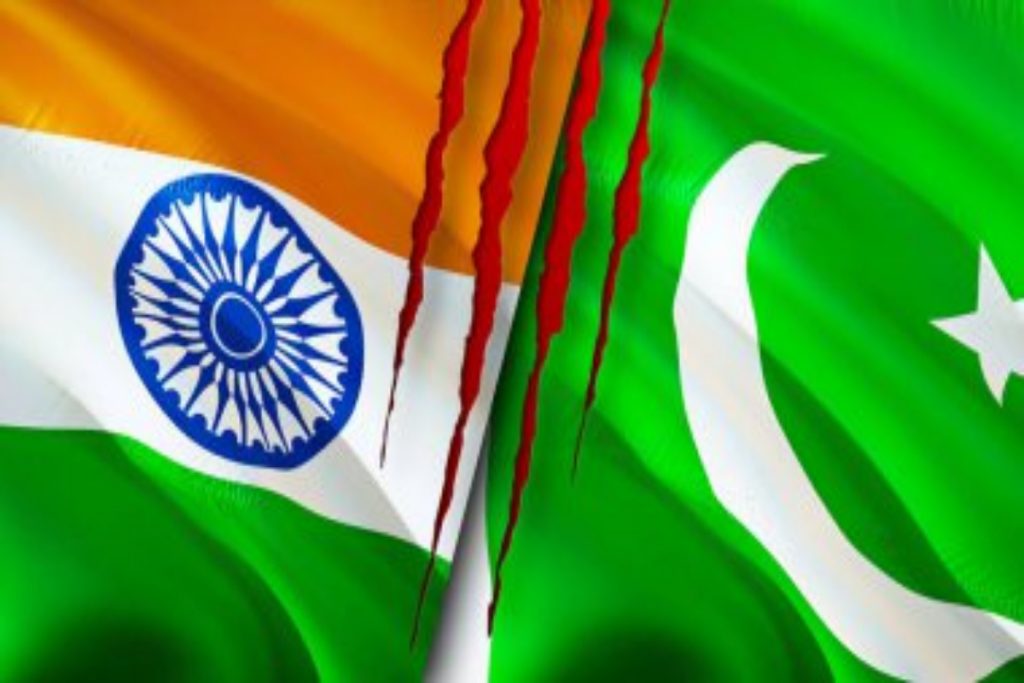The suspension of bilateral agreements between Pakistan and India marked a dangerous escalation between the nuclear armed neighbors. These pacts, built over decades, provided critical stability mechanisms now being demolished.
The 1950 Nehru Liaquat Agreement initially addressed minority protections, while the 1960 Indus Waters Treaty, which withstood multiple wars, governs the shared rivers. Recent developments eroded this diplomatic architecture.
The dispute resolution framework of the 1972 Simla Agreement is suspended, while the 2003 ceasefire in Kashmir is nearing collapse. Crucial nuclear risk agreements, such as the 1988 Nuclear Installations Protection Agreement, are being abandoned, raising grave security concerns.
People to people connections also suffer, with the suspension of the 1974 Religious Sites Protocol damaging cultural bridges. The abandonment of the 1999 Lahore Declaration, which established regular security dialogues, represents a complete diplomatic regression.
Experts warn that these developments create a dangerous vacuum. The Kashmir dispute remains the central flashpoint, with Pakistan viewing India’s 2019 actions as violating agreements.
While the Indus Treaty technically remains in place, its future is growing uncertain, threatening water security for both nations. Military confidence-building measures are eroding too.
The suspension of the 1991 airspace agreement increases the risks of accidental clashes. International observers worry that the systematic dismantling of these rare cooperative frameworks will destabilize South Asia.
Rebuilding trust will prove immensely difficult after this breakdown. Ordinary citizens suffer most, with cross-border families, pilgrims, and traders bearing the brunt. Economic ties face new barriers as trade decoupling becomes formalized.
Without clear communication protocols, misunderstandings can spiral out of control, especially when it comes to nuclear risks. While civil society urges restraint and highlights shared heritage, nationalist voices dominate.
The media environment exacerbates tensions through sensationalism. The path forward appears fraught, though hope remains that mutual interests in stability may eventually prevail. Until then, each provocation risks uncontrolled escalation as the nuclear neighbors dismantle their carefully constructed safety nets.

